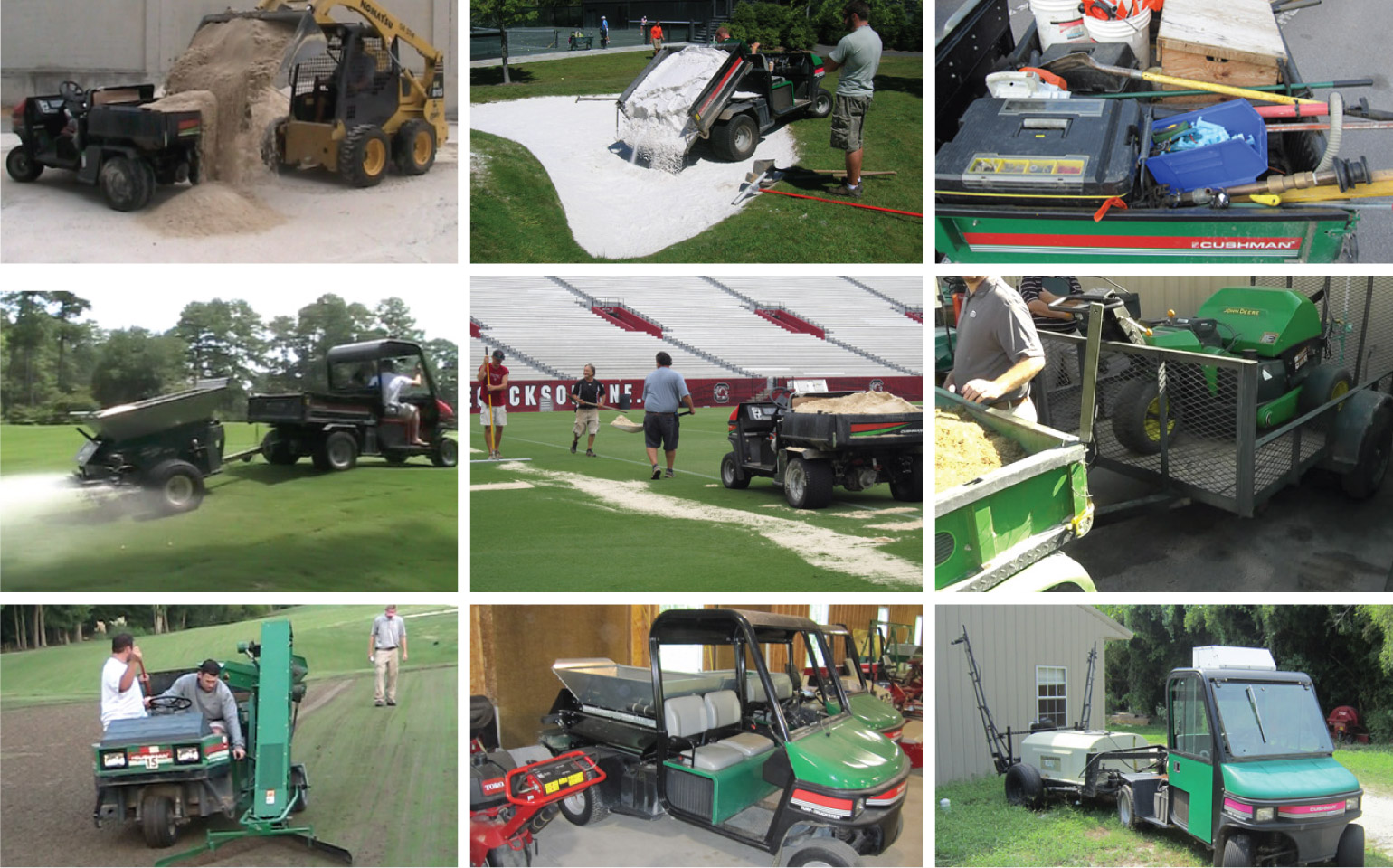I watched an old home movie recently. My young children had returned home from Halloween trick or treating weighted down with bags of candy. In the video they are running through the house, excited to be home with their goodies. As the camera rolled my daughter tiptoed off in the background. The video showed her sneaking a spoonful of peanut butter in the kitchen. Why did she want peanut butter when she had a bag full of candy? What did this behavior mean? It dawned on me that I was doing a bit of video ethnography on my family.
Definition: Video Ethnography is the video recording of the stream of activity of subjects in their natural setting, in order to experience, interpret, and represent behavior.
Manufacturers of all sizes can use video ethnography to uncover insights about their end users and drive meaningful innovation in their product design. Viewing as a keen observer and a skilled listener can give you valuable insights. But observation can be difficult in complex settings with multiple people over extended periods of time. With technology today, Video Ethnography can be a game changer for understanding your end users.
Advantages of Video Ethnography
Video ethnography allows you to record people’s behaviors and interaction with products in a natural setting. It allows us to experience and interpret the actions of the people we design products for.
5 Advantages of the use of Video Ethnography:
- Gives a broader view of the user and their environment than you typically see. Video can capture complex settings over long periods of time, or can focus in on specific interactions between a user and a product.
- Provides a record that you can refer back to for behaviors you might have missed, behaviors that may lead to insights (like my daughter’s peanut butter craving, which I missed until years later).
- Provides an engaging way to communicate insights to other team members. Short video clips highlight key insights that are important to future product design far better than written reports can.
- Allows for a level of scientific rigor, beyond anecdotal observations merely described by the observer.
- And, like all observational research, video ethnography fills in the gaps left by basic interviewing. People cannot always verbally articulate issues and opportunities, whereas their actions and behaviors often disclose those insights.
Types of Video Ethnography
The researcher should be aware of any bias they bring to the video set and have a specific protocol planned ahead of time. We tailor our video ethnography projects depending on the client’s needs, the product category, and the type of experiences we are trying to understand. The format generally falls into one of three types:
- Researcher as Passive Participant—A fly on the wall, little or no direction given to the subject
Client: Jacobsen. We videotaped golf greens keepers using various equipment. Operating mower controls, servicing vehicles, managing grass clippings. Through repeat viewing of the video we spotted human factors problems with the current vehicle designs, problems that operators had not mentioned during interviews. Our design solutions that followed solved these problems and helped lead to Jacobsen’s Eclipse 322, the company’s most successful project introduction ever.



